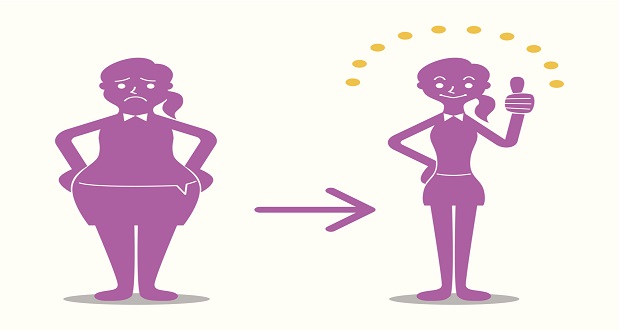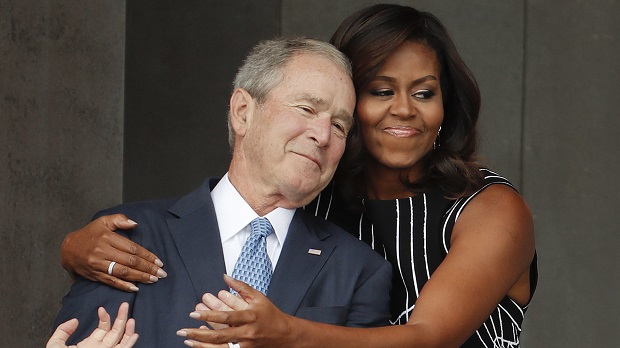
Last week, I had the unique opportunity to spend a few days with hundreds of diversity and inclusion thought leaders at the annual Forum on Workplace Inclusion. I was encouraged by their dedication to this great work but it was their eagerness to face future challenges that was most inspiring. Especially given many of the setbacks and relative lack of victory in many diversity and inclusion areas.
In several breakout sessions and keynote addresses, speakers encouraged participants to constantly expand their notions of diversity in order to be prepared for the coming changes in the industry. In one session, experts who work with LGBT, religious and ability groups made the case that a more robust conception of diversity was vital for creating the most inclusive organizations possible. It was truly encouraging to see advocates for so many underrepresented groups make compelling cases for equal treatment for their respective friends and clients.
I left the conference thinking deeply about the future of diversity and inclusion work and which groups in the coming years may make their way into the “limelight.” Although not an entirely new area of research or concern, the issues around body-shaming and the rise of obesity have direct implications and relevance for organizational inclusion and vibrancy.
What gives these issues added complexity is the blurred lines delineating where promoting healthy bodies start and body-shaming begins. It is no secret that America is one of the leading countries in the world for obesity and heart related illnesses. The rates of child obesity, obesity’s links to cancer and heart disease, and deadly forms of diabetes are alarming. But the research is not conclusive that large bodies always mean unhealthy bodies. And herein lies the disconnect.
On a personal level, I see this all the time through social media. Instagram and Twitter accounts have given way to thousands of personal montages of people’s journey through various diets and exercise regimes. Healthy accounts are filled with pictures of progress, favorite supplements, healthy recipes, and the occasional motivational quote.
As a healthy person myself, I am not offended or bothered by any of this, but I am worried. I am worried that such a limited view of healthy bodies and healthy eating on social media can have the inverse effect of ostracizing and belittling millions of people who may not have the means to attain such “healthy” lifestyles or who may be living healthy lives that do not fit this particular mold.
The way we exalt certain bodies while shaming others has implications for workplace inclusion as well. I recently met a psychologist, Enrica Ruggs, who has done research on the ways obese employees are discriminated against in organizations. Her work highlights not only how obese employees are perceived more negatively than their thinner colleagues, but also how this trend changes by race, age, and gender.
Again, this issue is complicated because of the contention between the desire for healthy living on the one hand, and the need for more inclusion on the other. As one self-proclaimed obese writer has said, it is possible to simultaneously promote healthy living while also valuing and respecting the alternative healthy choices and bodies of those around us. Acceptance doesn’t have to mean agreement. But it does include respect and understanding.


















